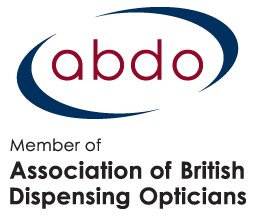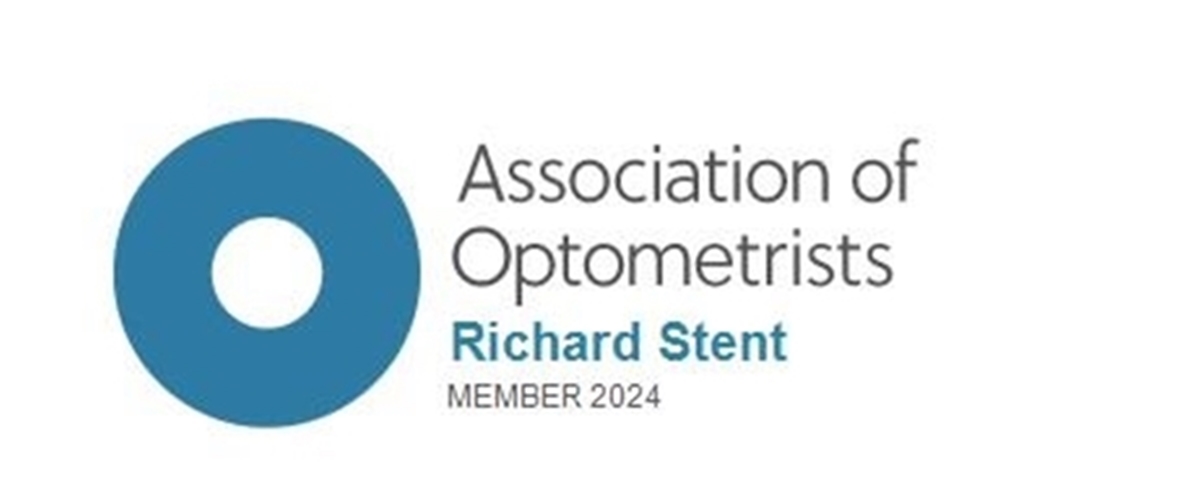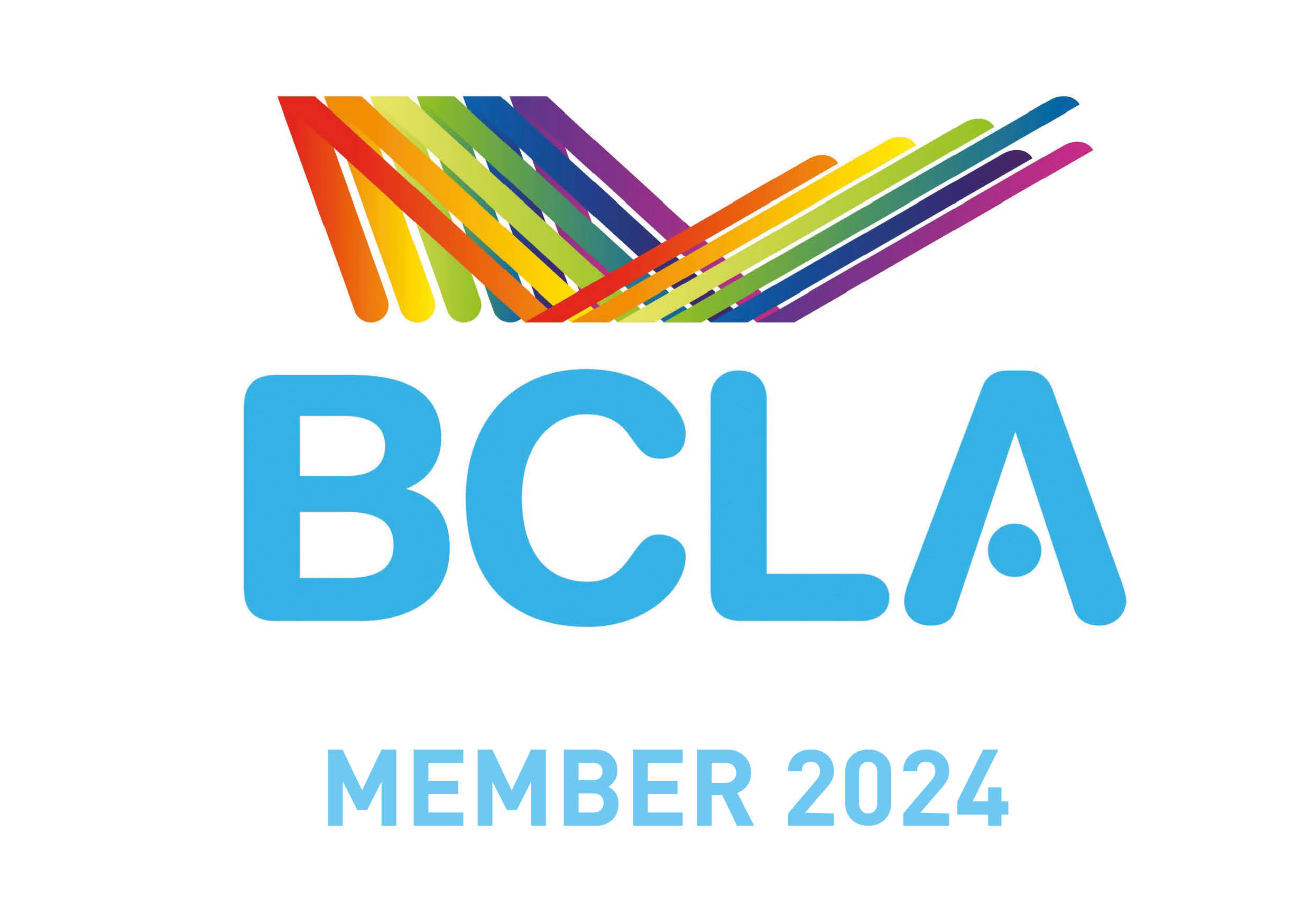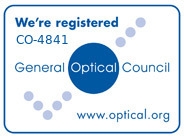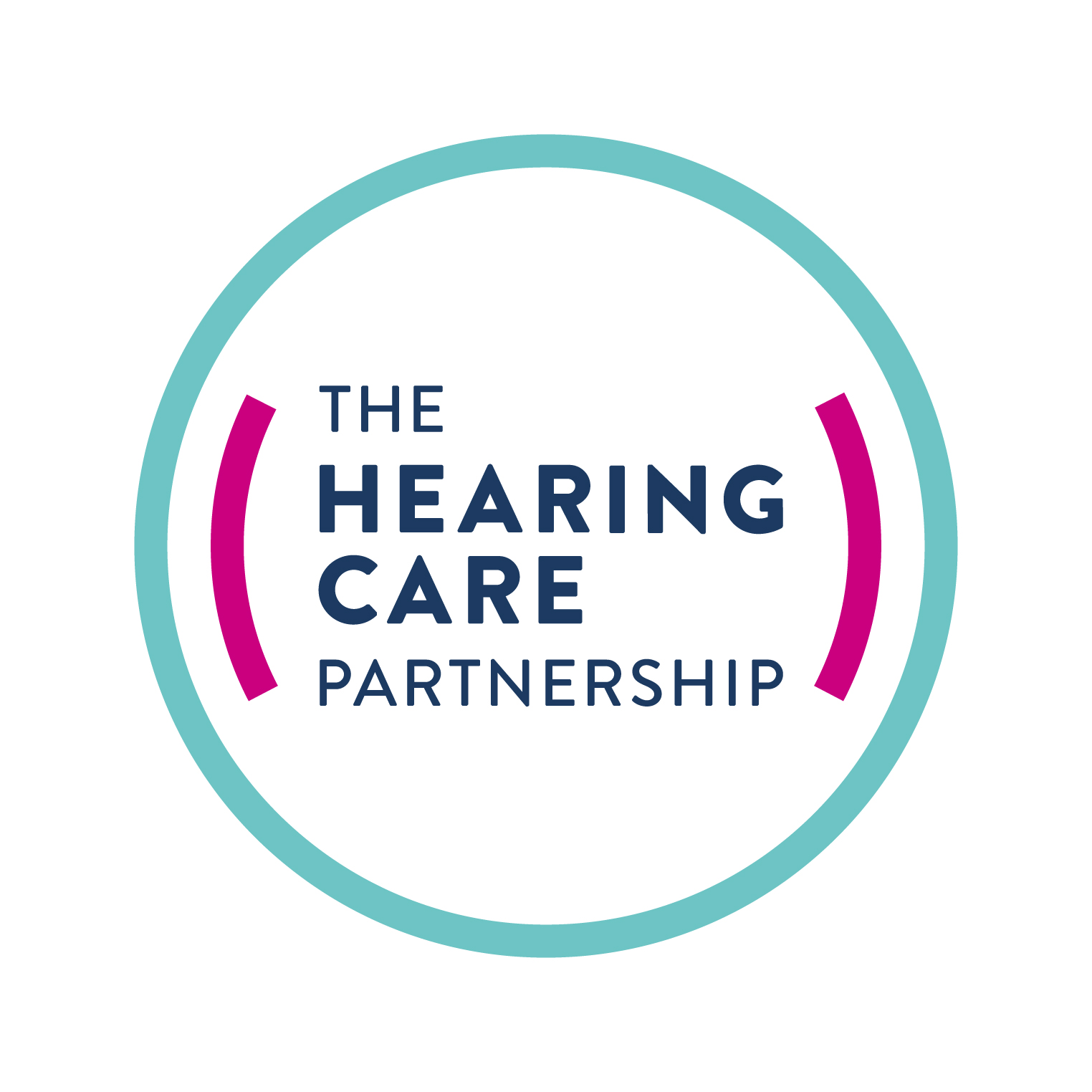-
Free NHS eye tests
-
4.8 star Google reviews
-
Free hearing test with our audiologist
👀 Myopia Awareness Week. What Every Parent Needs to Know
Date: May 19-25, 2025
As a parent, your child's health is your top priority—and that includes their vision. During Myopia Awareness Week 2025, we're here to help you understand what myopia is, why it’s affecting more children than ever, and what you can do to protect your family’s eye health.
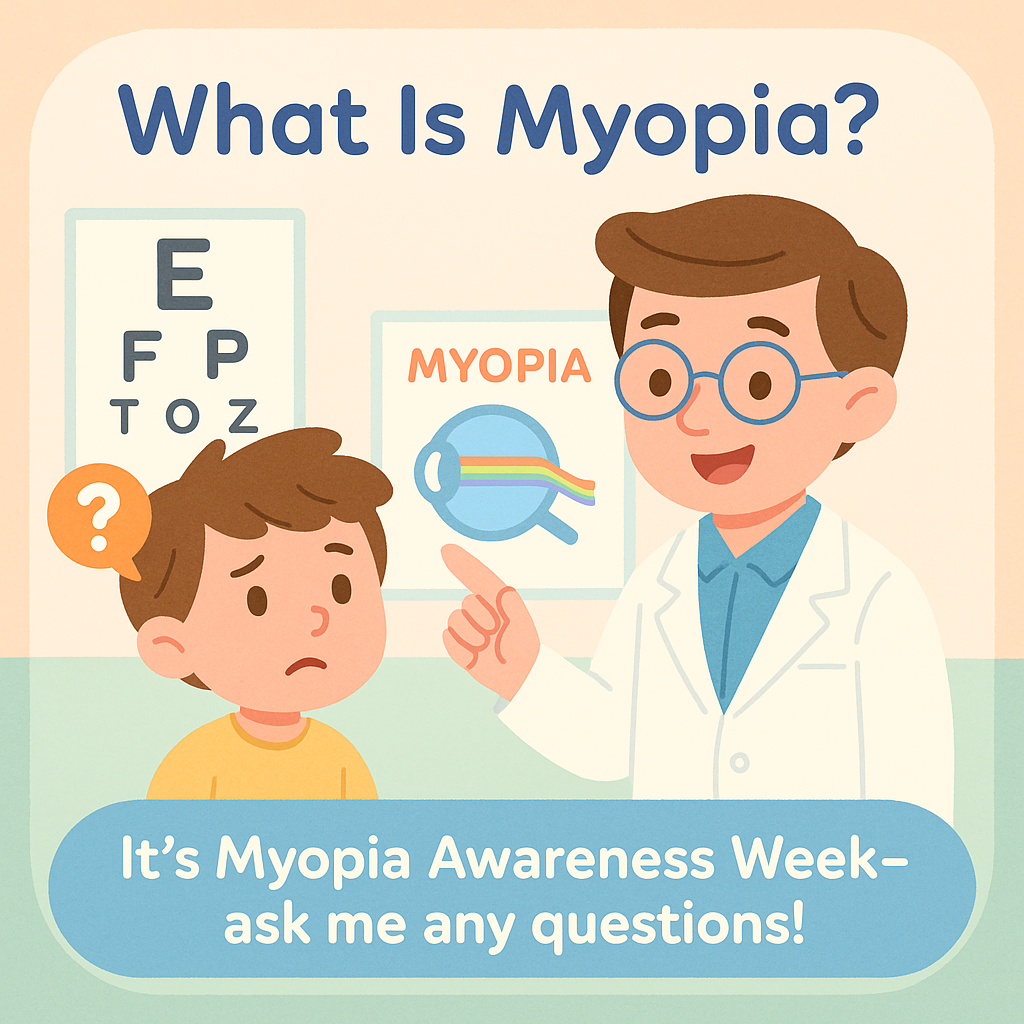
💡 What Is Myopia?
Myopia, or nearsightedness, is when your child can see objects up close clearly, but struggles to see things far away—like the board at school or street signs.
It usually begins between ages 6 and 12 and can worsen as children grow. The earlier it starts, the greater the risk of high or severe myopia later in life—which increases the chance of eye diseases like glaucoma or retinal detachment.
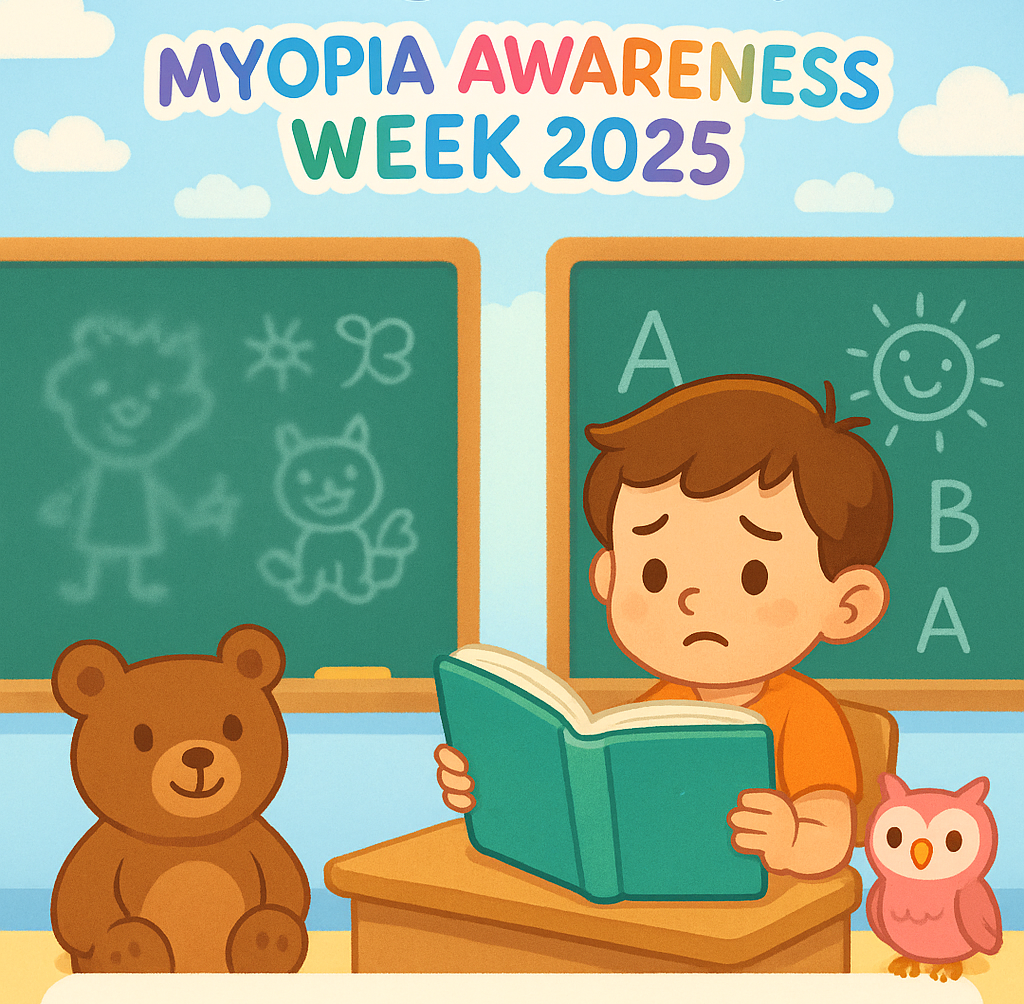
📈 Why Are More Kids Getting Myopia?
Myopia is on the rise globally, and much of it is tied to modern lifestyle habits:
Too much screen time: Smartphones, tablets, computers, and TVs are everywhere.
Not enough time outdoors: Natural light and distance focus help the eyes develop properly.
Genetics: If you or your partner are nearsighted, your child has a higher risk.
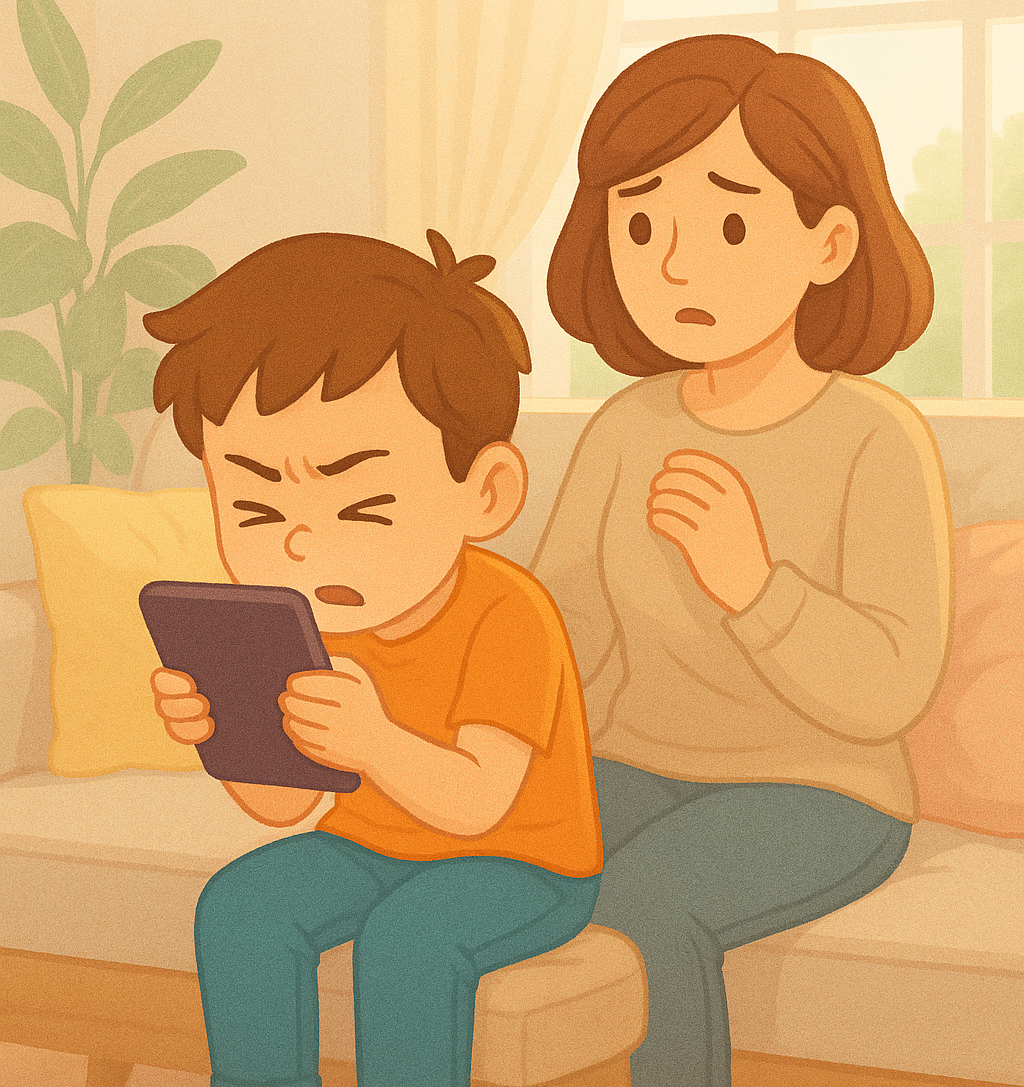
👶 What Should Parents Watch Out For?
Here are common signs your child might be developing myopia:
Sitting very close to the TV or holding books very near
Complaining of blurry distance vision
Squinting to see faraway objects
Frequent eye rubbing or headaches
Trouble seeing the board at school
Falling behind in school due to visual strain
👉 Pro tip: If your child is struggling in class, it could be a vision issue—not a learning one.
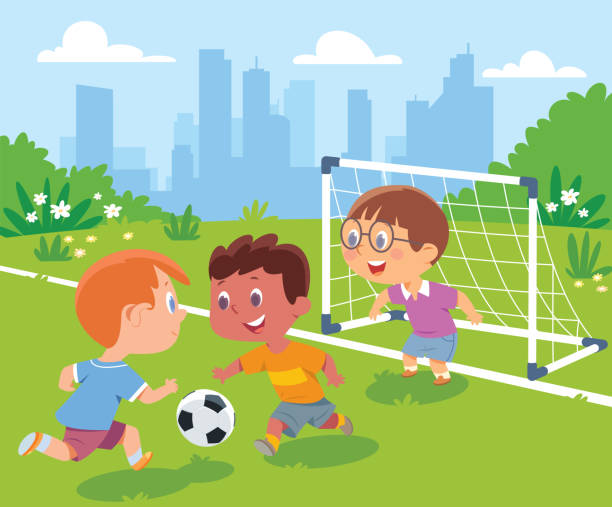
🛡️ What Can Parents Do?
The good news. You can slow down or manage myopia with a few proactive steps:
✅ Book Regular Eye Exams
Children should have their first eye exam by age 3, then every year afterward. Early detection is key!
🌤️ Encourage Outdoor Play
Studies show that kids who spend at least 2 hours outdoors daily have a lower risk of developing or worsening myopia.
📵 Set Healthy Screen Habits
Use the 20-20-20 rule: Every 20 minutes, take a 20-second break to look at something 20 feet away.
Limit close-up screen use (phones, tablets) to under 2 hours/day for kids.
Ensure proper lighting and posture during reading or homework.
🕶️ Explore Myopia Control Treatments
Special glasses or contact lenses that slow progression
Low-dose atropine eye drops (prescribed by an optometrist)
Orthokeratology (Ortho-K): special lenses worn overnight
📅 Take Action This Myopia Awareness Week
Help your child see a clearer future:
Book an eye exam with a qualified optometrist
Talk to your child about eye health
Reduce screen time & increase outdoor time
🔗 Trusted Resources for Parents
Your child’s vision is essential to their development, learning, and quality of life. Small changes today can prevent bigger challenges tomorrow. Let’s protect our children’s vision—together.






